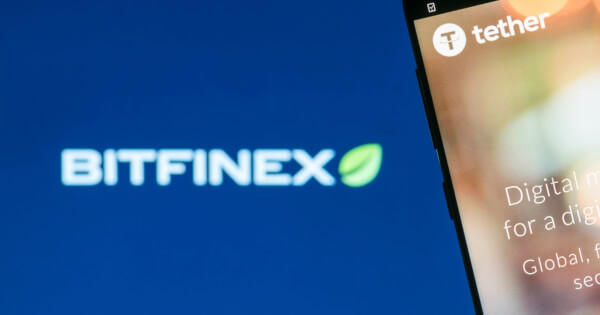Joerg Hiller
Sep 04, 2024 15:36
Bitfinex Alpha report examines how upcoming US interest rate decisions could affect Bitcoin’s (BTC) short-term volatility and long-term trends.
The latest Bitfinex Alpha report delves into the potential impacts of the upcoming US interest rate decisions on Bitcoin’s (BTC) short-term volatility and long-term trends. Since the beginning of August, Bitcoin has surged over 32%, driven by traders anticipating dovish comments from the Federal Reserve, according to Bitfinex Alpha.
Interest Rate Cuts and Bitcoin’s Price Dynamics
The report suggests that a 25 basis points cut could signal the start of a typical easing cycle, potentially leading to long-term price increases for Bitcoin as liquidity rises and recession fears diminish. Conversely, a more aggressive 50 basis points cut might trigger an immediate price spike followed by a correction due to heightened recession concerns.
In recent weeks, spot holders have reduced risk while perpetual market speculators have attempted to “buy the dip,” with significant open interest observed in BTC perpetuals.
Historical Volatility in September
Historically, September has been a volatile month for Bitcoin, with an average return of -4.78% and typical peak-to-trough declines around 24.6%. This volatility, combined with the potential for a “sell the news” reaction post-rate cut, presents both risks and opportunities for traders. Additionally, Bitcoin’s increasing correlation with traditional risk assets like the S&P 500 indicates that its price movements will remain closely tied to global macroeconomic conditions.
Global Economic Context
The actions of other major central banks, such as the European Central Bank potentially pausing rate hikes amid slowing growth, the Bank of Japan’s cautious approach during its slow economic recovery, and the People’s Bank of China’s targeted liquidity measures to support slow growth, are also likely to have ripple effects on global markets and impact digital assets like Bitcoin.
The US economy continues to benefit from ongoing disinflation, strong household consumption, and wage growth outpacing inflation. The Federal Reserve’s preferred inflation measure, the PCE index, rose 2.5% in July, indicating sustained disinflation and reinforcing price stability across the economy. Previous concerns about a potential economic recession have eased, supported by stronger-than-expected GDP growth in the second quarter, revised up to an annualized rate of 3% from an earlier estimate of 2.8%.
Challenges in the Housing Market
However, the housing market faced challenges in July, with pending home sales dropping to record lows as lower mortgage rates failed to stimulate market activity. Despite this setback, there is optimism that the decline will be temporary, with expectations that further mortgage rate reductions and the end of the election year could help the market regain momentum. Meanwhile, US consumer confidence reached a six-month high in August, driven by optimism about the overall economic outlook, despite ongoing concerns about the job market.
Cryptocurrency Market Trends
Across the cryptocurrency industry, there is a growing trend of political and regulatory engagement, alongside significant advancements in trading infrastructure and market adoption. Presidential candidate Donald Trump has announced a strategy to position the United States as a global leader in cryptocurrency, specifically through his alignment with the decentralized finance project, World Liberty Financial.
In parallel with this political shift, 24X National Exchange has submitted a proposal to US regulators to launch a stock exchange allowing 24/7 trading of cryptocurrency ETFs. Meanwhile, Australia has emerged as a major player in the global cryptocurrency market, witnessing a 17-fold increase in the number of cryptocurrency ATMs over the past two years, making it the third-largest market in the world. However, this rapid expansion has raised concerns among authorities about the potential use of these ATMs for money laundering. In response, a multi-agency task force has been established to address these issues, highlighting the ongoing tension between innovation and regulation in the cryptocurrency landscape.
Image source: Shutterstock














